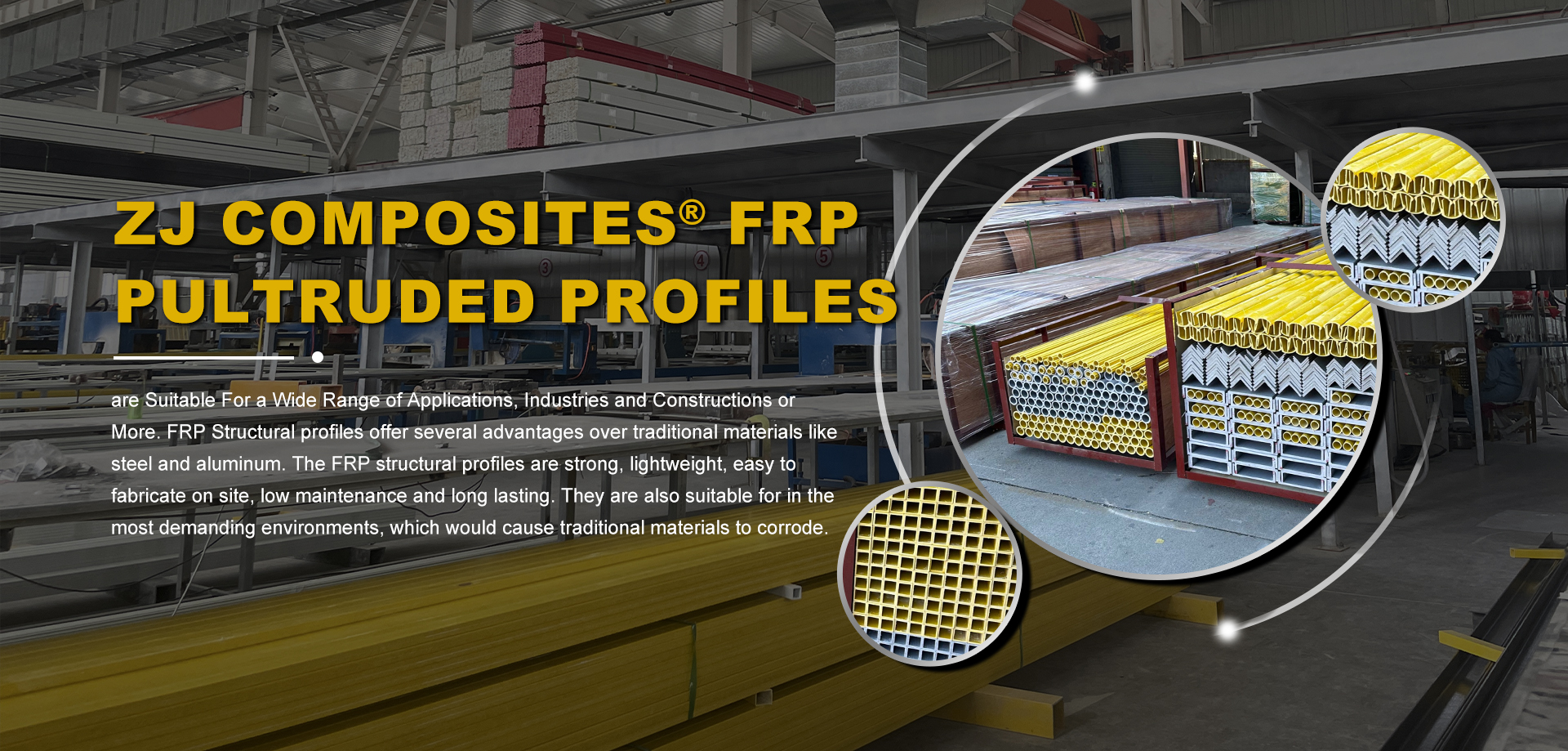loading...
- No. 9, Xingyuan South Street, Dongwaihuan Road, Zaoqiang County, Hengshui, Hebei, China
- admin@zjcomposites.com
- +86 15097380338
- Welcome to visit our website!
frp guardrail
Understanding FRP Guardrails Importance and Applications
FRP (Fiber Reinforced Polymer) guardrails have emerged as a pivotal component in modern safety and structural engineering. Unlike traditional guardrails made from steel or wood, FRP guardrails offer a unique combination of strength, durability, and lightweight properties, making them an ideal choice for various applications. In this article, we delve into the significance of FRP guardrails, their benefits, and their diverse applications.
What are FRP Guardrails?
FRP guardrails are safety barriers designed to prevent accidents and injuries in various environments, including roadways, bridges, and pedestrian walkways. Made from a composite material that incorporates fibers (such as glass or carbon) in a polymer matrix, these guardrails are known for their high strength-to-weight ratio. This means they can withstand significant impacts while being much lighter than traditional materials.
Key Benefits of FRP Guardrails
1. Corrosion Resistance One of the most significant advantages of FRP materials is their resistance to chemical and environmental degradation. Unlike steel, which can rust and corrode over time, FRP guardrails maintain their integrity even in harsh conditions. This property makes them particularly useful in coastal areas or industrial environments where exposure to corrosive substances is common.
2. Lightweight Nature The lightweight characteristic of FRP guardrails facilitates easier installation and transportation. Construction teams can handle these materials more efficiently, reducing labor costs and time associated with installation.
3. High Strength and Impact Resistance Despite their light weight, FRP guardrails exhibit impressive strength and impact resistance. They can absorb significant amounts of energy, making them capable of reducing the severity of collisions and enhancing overall safety.
4. Design Flexibility FRP can be molded into various shapes, allowing for increased design versatility. This feature enables architects and engineers to create aesthetically pleasing guardrails that blend harmoniously with their surroundings while still serving their protective function.
frp guardrail

5. Low Maintenance The longevity of FRP materials also translates into lower maintenance costs. With no need for painting or regular treatments needed to combat corrosion, organizations can allocate resources more efficiently.
Applications of FRP Guardrails
FRP guardrails find their applications in numerous sectors, including transportation, construction, and public infrastructure
- Road Safety On highways and busy roads, FRP guardrails play a critical role in protecting vehicles and pedestrians. Their ability to absorb impact makes them a preferred choice in accident-prone areas.
- Bridges Given their strength and light weight, FRP guardrails are commonly used on bridges where weight restrictions are a priority. Their resistance to corrosion is particularly advantageous in protecting critical infrastructure over long periods.
- Industrial Use FRP guardrails are utilized in industrial settings, such as chemical plants and manufacturing facilities, where exposure to harsh chemicals can erode traditional materials. Their durability ensures safety on factory floors and walkways.
- Parks and Recreation In parks and recreational areas, these guardrails offer both safety and aesthetic appeal. They can be designed to complement the natural beauty of the surroundings while providing necessary protection along trails and paths.
Conclusion
In conclusion, FRP guardrails represent a significant advancement in the field of safety engineering. Their combination of strength, durability, and resistance to corrosion makes them an ideal choice for a wide range of applications. As technology continues to evolve and industries seek more sustainable and efficient solutions, the use of FRP materials in guardrail systems will undoubtedly become more prominent. By investing in high-quality FRP guardrails, we can ensure safer environments for pedestrians and vehicles alike, paving the way for a more secure and resilient future.
-
The Rise of FRP Profiles: Strong, Lightweight, and Built to LastNewsJul.14,2025
-
SMC Panel Tanks: A Modern Water Storage Solution for All EnvironmentsNewsJul.14,2025
-
GRP Grating: A Modern Solution for Safe and Durable Access SystemsNewsJul.14,2025
-
Galvanized Steel Water Tanks: Durable, Reliable, and Ready for UseNewsJul.14,2025
-
FRP Mini Mesh Grating: The Safer, Smarter Flooring SolutionNewsJul.14,2025
-
Exploring FRP Vessels: Durable Solutions for Modern Fluid HandlingNewsJul.14,2025
-
GRP Structures: The Future of Lightweight, High-Performance EngineeringNewsJun.20,2025
